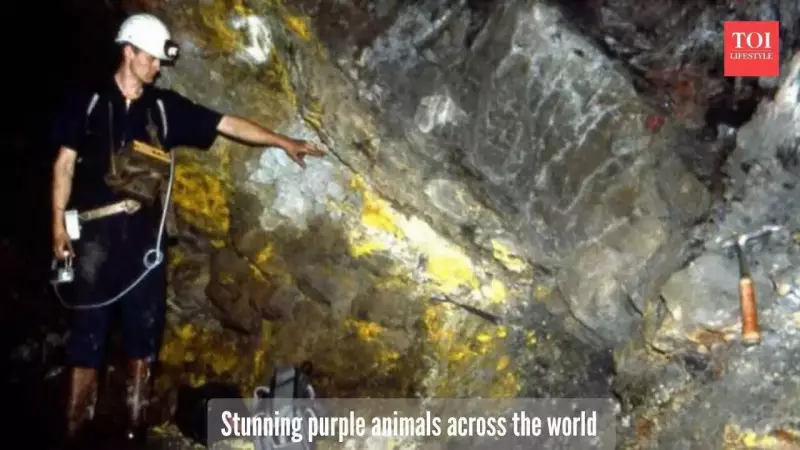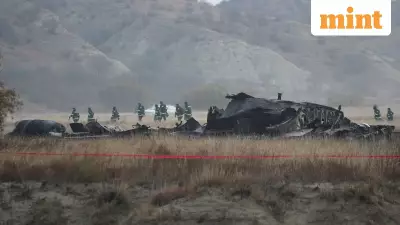
In a remarkable discovery that challenges our understanding of physics and nature, scientists have confirmed the existence of Earth's only natural nuclear reactor that was active approximately 2 billion years ago. This extraordinary phenomenon lies deep beneath the soil of Gabon in West Africa, revealing that nuclear fission occurred naturally long before human civilization harnessed atomic energy.
The Groundbreaking Discovery at Oklo
French scientists made this pivotal discovery in 1972 when they noticed something unusual in uranium ore from the Oklo mine. The isotopic ratio of uranium-235 measured around 0.717% instead of the expected 0.720%. This tiny discrepancy triggered extensive investigation that would rewrite scientific textbooks.
Detailed analysis confirmed that these uranium deposits had undergone a sustained chain reaction identical to modern nuclear reactors, but entirely through natural processes. According to the International Atomic Energy Agency, this required a critical mass of U-235 combined with specific geological conditions that made nuclear fission possible without human intervention.
How Nature Engineered Nuclear Fission
The secret to this natural nuclear reactor lies in a perfect combination of environmental conditions that existed around 1.7 billion years ago. During this period, uranium-235 was more abundant at approximately 3%, similar to the enriched uranium used in contemporary reactors.
Groundwater played a crucial role as a neutron moderator, slowing down neutrons to enable sustained fission reactions. The process worked in cycles: when water percolated through uranium-rich rocks, it would initiate fission, which then heated and evaporated the water, temporarily shutting down the reaction. When water returned, the cycle would restart, continuing this pattern for hundreds of thousands of years.
The Uranium Concentration Process
The fascinating story of how uranium became concentrated enough to achieve critical mass begins with the ancient landscape. About 1.7 billion years ago, the area that would become the Oklo reactor site was a mudflat with clay soil containing small amounts of uranium minerals.
Regular flooding caused water to seep through the ground, dissolving uranium and carrying it into underground pools. These pools contained algae that absorbed the uranium, concentrating it within their microscopic bodies. When the algae died, their remains settled at the bottom, piling up and further enriching the uranium concentration.
This natural process continued until the uranium reached critical mass, with algae essentially acting as nature's first nuclear engineers. The combination of concentrated uranium and water as a neutron moderator created the perfect conditions for sustained nuclear fission.
Energy Output and Scientific Significance
The Oklo natural reactor produced substantial energy over its operational lifetime. Scientists estimate it generated approximately 15,000 megawatt-years of energy, equivalent to a 1,500-megawatt power plant running continuously for ten years.
The reactions left behind distinctive isotopic signatures, particularly in xenon gas trapped within surrounding minerals. These signatures have provided scientists with invaluable clues about the reactor's stability and longevity.
Dr. Ludovic Ferrière, a geologist who has studied Oklo samples, emphasizes that the Oklo phenomenon represents not just a geological curiosity but a natural laboratory for nuclear science. It helps researchers understand both Earth's ancient history and future energy potential.
Today, remnants of this natural marvel continue to educate scientists worldwide. Samples preserved in museums like the Natural History Museum in Vienna enable ongoing research into Earth's ancient nuclear activity, offering insights that could shape our understanding of natural radioactivity and sustainable energy solutions.





